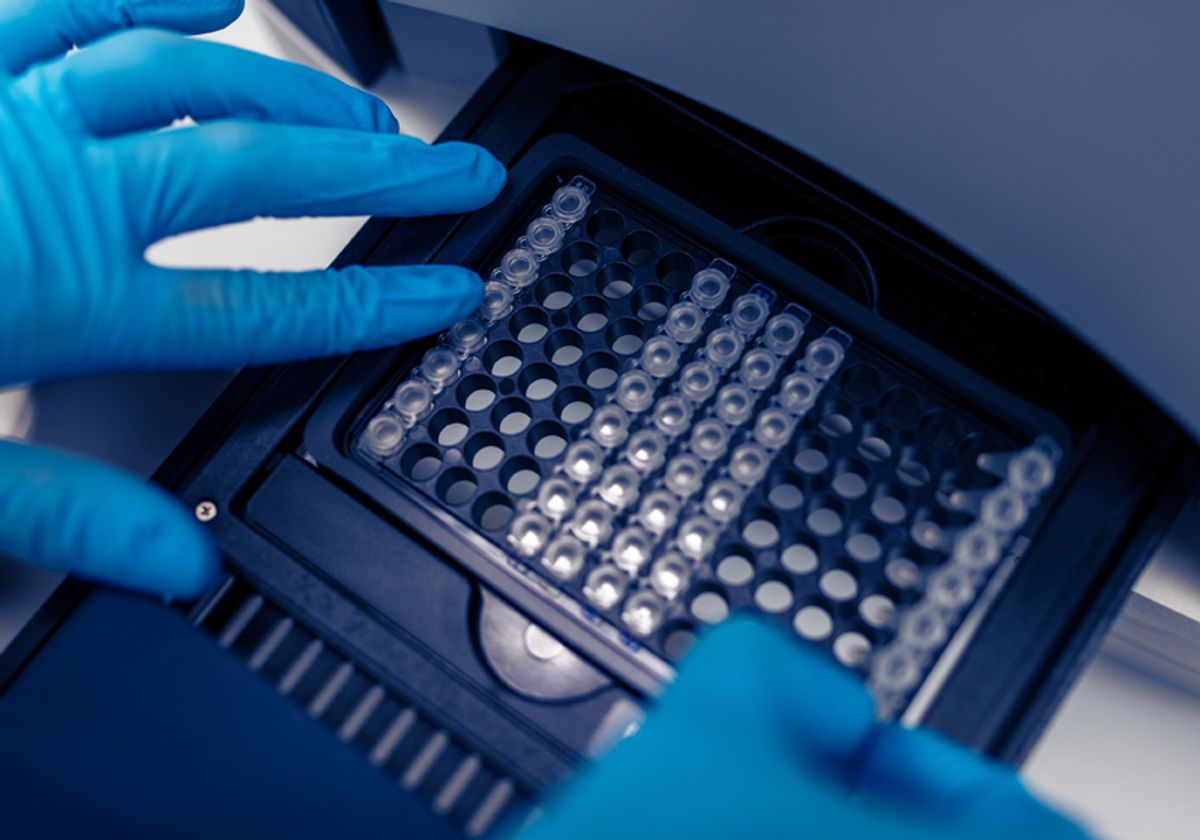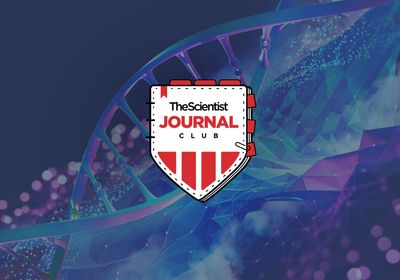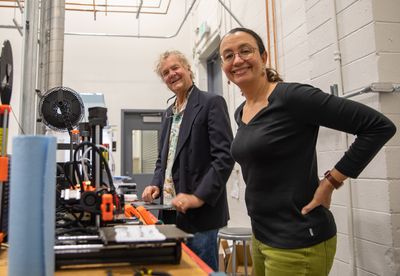Nucleic acid amplification revolutionized research in the biological sciences. The ability to replicate gene sequences has not only proven essential to a better understanding of genetics and genomics, but nucleic acid amplification has also allowed scientists to create countless experimental tools, from reagents and recombinant proteins to full models.1 Nucleic acid amplification even forms the core of many assays currently employed to both study disease mechanisms and perform clinical diagnostics.2 Polymerase chain reaction (PCR) drove much of this revolution,3 and as the technique nears its 40th anniversary, scientists continue to improve its efficiency, reliability, and applicability.
Strong Input Drives Strong Output
PCR involves three core components: polymerase, primer, and template. Primers anneal to templates and create initiation sites for the polymerase. The polymerase then recruits free deoxynucleoside triphosphates (dNTPs) to generate a complementary strand. This process is then repeated through cycles of denaturation, annealing, and elongation, yielding exponential amplification. Conventional PCR delivers a singular data point after the conclusion of amplification, which limits its ability to provide quantitative information. This drove scientists to develop quantitative PCR (qPCR), which measures amplification abundance after each denaturation-annealing-elongation cycle.
Whether conventional or quantitative, successful PCR relies on the integrity of the reaction, which in turn relies on the quality of its ingredients. For example, to maximize dissociation efficiency primers should be designed so that they have similar melting temperatures. They should not anneal to themselves, preventing dimers and other non-specific products. Furthermore, thermocycling parameters, as well as magnesium, potassium, and dNTP concentrations within the reaction, should be tailored to template, primer, polymerase, and product properties.4 Finally, different polymerase enzymes possess different transcriptional speeds, efficiencies, and error rates, and researchers should know the strengths and weaknesses of the enzyme that they are working with.5
Directing Better Reagents
Ultimately, robust and consistent reagents are essential to efficient and consistent PCR and qPCR. To that end, scientists are constantly looking for ways to improve PCR reagents. One way of doing this is through directed evolution. Here, researchers simulate and accelerate natural selection processes by inducing mutagenesis in genes encoding proteins of interest. This is done either randomly—for example, by purposefully using an error-prone polymerase—or through targeted recombination. Scientists then screen the subsequent products to find mutants with beneficial properties and improved functionality, and then select these for amplification. This cycle can be repeated until an end product containing the desired properties can be identified and isolated.6
Directed evolution has spurred breakthroughs across the life sciences, yielding proteins with extended shelf-life, modified binding affinity, and altered functionality. PCR is no stranger to the benefits of directed evolution. For example, researchers have used it to alter the Taq DNA polymerase enzyme from the bacteria Thermus aquaticus for more effective polymerization of DNA segments greater than 25 kilobases. Using this approach, they also converted Taq from a DNA polymerase to an RNA polymerase.7
More Accuracy, Speed, and Reliability
The KAPA Biosystems suite of PCR and qPCR reagents are generated using directed evolution, containing novel polymerase enzymes synthesized with enhanced specific activity, higher fidelity, increased processivity, and resistance to common PCR inhibitors in mind. For example, the KAPA Long Range PCR system uses two DNA polymerases—Taq and a modified archaeal family-B polymerase with proofreading activity—to better support long-range and sensitive PCR applications. This combination possesses three to four times greater replication fidelity than Taq polymerase alone. Alternatively, the KAPA2G FAST HotStart® DNA polymerase is a second-generation enzyme formulated for higher processivity and speed, offering significantly faster extension rates than wildtype Taq DNA polymerase. Finally, KAPA PROBE FORCE qPCR kits pair a third-generation DNA polymerase enzyme with a master mix that removes the need for DNA purification and is resistant to inhibitors from blood, tissue, and plant samples, making it ideal for crude samples.
KAPA Biosystems PCR and qPCR reagents and kits, designed using directed evolution, are created with the aim of greater reliability, consistency, efficacy, and applicability—even when facing the most challenging templates and starting materials.
References
- Fakruddin M, et al. Nucleic acid amplification: Alternative methods of polymerase chain reaction. J Pharm Bioallied Sci. 2013;5(4):245-52.
- Wang M, et al. Enzyme-assisted nucleic acid amplification in molecular diagnosis: A review. Biosensors (Basel). 2023;13(2):160.
- Oliveira BB, et al. Isothermal amplification of nucleic acids: The race for the next “gold standard”. Front Sens. 2021;2:752600.
- Lorenz TC. Polymerase chain reaction: basic protocol plus troubleshooting and optimization strategies. J Vis Exp. 2012;(63):e3998.
- Ishino S, Ishino Y. DNA polymerases as useful reagents for biotechnology - the history of developmental research in the field. Front Microbiol. 2014;5:465.
- Arnold FH. Directed evolution: Bringing new chemistry to life. Angew Chem Int Ed Engl. 2018; 57(16):4143-48.
- Kaur J, Sharma R. Directed evolution: an approach to engineer enzymes. Crit Rev Biotechnol. 2006;26(3):165-99.






